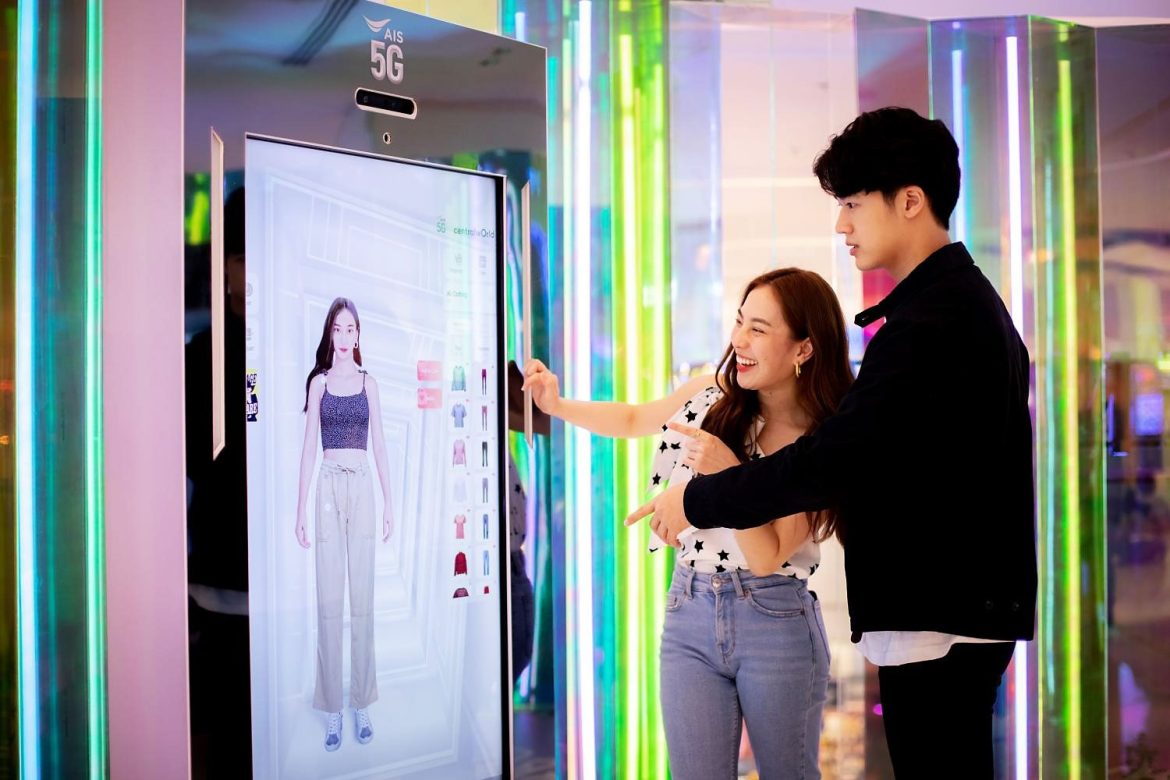The world of fashion retail has undergone a significant transformation in recent years with the advent of e-commerce. While online shopping offers unparalleled convenience, one of the persistent challenges has been the inability to try on clothes before making a purchase. However, the emergence of Virtual Fitting Rooms (VFRs) is changing the game. In this article, we will explore the evolution and impact of Virtual Fitting Rooms in the world of online fashion retail.
The Traditional Shopping Experience
Before delving into the virtual realm, it’s essential to understand the limitations of the traditional online shopping experience. Customers face several hurdles when shopping for clothing online, including:
1. Sizing Uncertainty: Determining the right size can be challenging due to variations in sizing standards across brands.
2. Style Compatibility: It’s difficult to assess how a particular style or outfit will look on an individual without physically trying it on.
The Birth of Virtual Fitting Rooms
Virtual Fitting Rooms emerged as a response to these challenges. They leverage advanced technology, including augmented reality (AR) and artificial intelligence (AI), to provide customers with a virtual try-on experience.
1. AR Technology: Virtual Fitting Rooms use AR to superimpose clothing items on a customer’s image, allowing them to visualize how a particular garment would look on their body.
2. AI Algorithms: AI-powered solutions take into account body measurements and clothing specifications to ensure accurate virtual fittings.
Advantages of Virtual Fitting Rooms
The adoption of Virtual Fitting Rooms in the fashion industry offers several advantages for both customers and retailers:
1. Enhanced Customer Confidence: Customers can make more informed purchasing decisions, as they can see how clothes will fit and look on them before buying.
2. Reduced Returns: Virtual Fitting Rooms help mitigate the issue of returns due to sizing or style dissatisfaction, saving retailers time and money.
3. Personalized Recommendations: AI-driven VFRs can suggest complementary items and outfits based on customer preferences and selected clothing items.
Integration with Mobile Apps and Websites
Many fashion retailers have integrated Virtual Fitting Rooms into their mobile apps and websites, making them accessible to a broader audience. Customers can use their smartphones or desktop computers to virtually try on clothes from the comfort of their homes.
1. Mobile App Integration: Retailers often develop dedicated mobile apps with VFR features, enhancing the user experience and encouraging customer loyalty.
2. Website Plugins: Some brands offer VFR functionality as a part of their online shopping websites, allowing users to access it without installing additional apps.
Challenges and Considerations
While Virtual Fitting Rooms offer significant advantages, there are challenges and considerations to address:
1. Technology Requirements: VFRs require robust AR and AI technology, which may be expensive to develop and maintain.
2. Data Privacy: Collecting customer data for virtual fittings raises concerns about data privacy and security.
3. User Experience: Ensuring a seamless and user-friendly virtual try-on experience is essential for customer satisfaction.
The Future of Virtual Fitting Rooms
The future of Virtual Fitting Rooms in online fashion retail is promising:
1. Improved Accuracy: Advancements in AI and AR technology will lead to even more accurate and realistic virtual fittings.
2. Expansion to Accessories: VFRs will likely expand beyond clothing to include accessories such as jewelry, eyewear, and footwear.
3. Integration with Physical Stores: Retailers may integrate VFRs into physical stores, creating a seamless omni-channel shopping experience.
Conclusion
Virtual Fitting Rooms are revolutionizing the way we shop for clothing online, providing customers with a more confident and personalized shopping experience. As technology continues to advance, VFRs will become increasingly sophisticated, blurring the lines between physical and online shopping. While challenges such as technology requirements and data privacy must be addressed, the future of Virtual Fitting Rooms holds great promise, reshaping the online fashion retail landscape and offering a glimpse into the future of retail innovation.

